ETI Switch Disconnectors



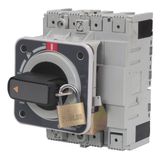
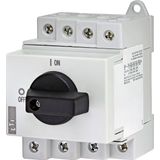


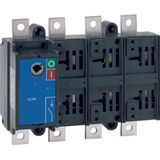






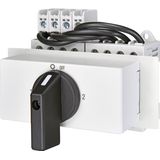






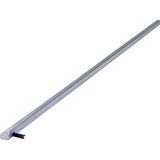
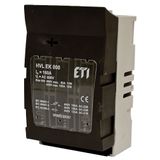
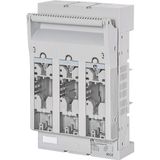
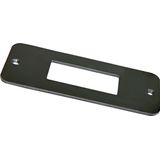

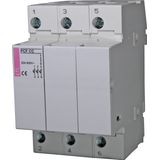






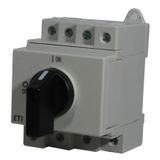
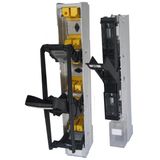










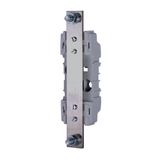

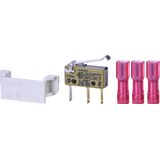
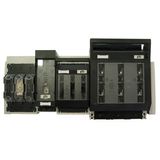
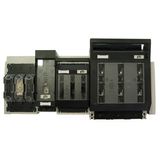

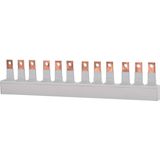
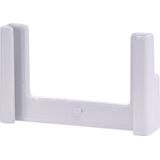
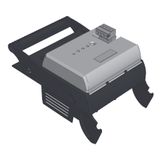
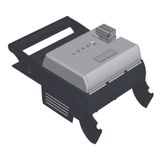

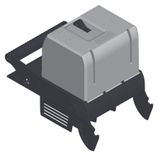
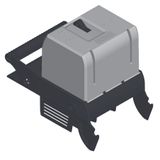


Purpose and Importance of ETI Isolators
In any electrical installation, safe isolation is non-negotiable. ETI switch disconnectors (or electrical isolators) provide a visible break in the circuit so technicians can work without risk. Using a proper ETI isolator ensures compliance with safety standards, simplifies maintenance, and protects both equipment and personnel. Engineers specify eti isolators at service entrances, control panels, and critical load circuits for dependable isolation.
Core Technologies & Standards
ETI load break switches and rotary disconnectors use rugged rotary or lever mechanisms to open or close circuits under load. Their contacts are often silver-plated or using alloy blends to resist arcing and offer long mechanical life (tens of thousands of operations). These switches comply with standards like IEC 60947-3 for switch-disconnectors and fuse-combination units. Clear visible indicators show whether the device is open or closed — a vital requirement for safe lockout procedures.
The main switch disconnectors variant is sized for higher currents and often includes fused models. These allow both isolation and overcurrent protection in one unit. Their enclosure ratings (IP2X, IP54, or higher) protect against dust or inadvertent touch. Modular switch disconnectors from ETI fit standard DIN rack systems, allowing easy integration in panels with other modular devices.
Variants & Application Types
The eti switch disconnectors line includes several families:
- Rotary disconnectors — ideal for manual isolation; clean, decisive mechanical motion.
- Load-break switches — capable of opening under load without damage, suitable for feeder circuits.
- Main switch disconnectors — combining switch and disconnect in power distribution sections.
- Modular switch disconnectors — for use in modular boards, often with compatible accessories.
- Fuse-disconnector combinations — integrating isolation and protection in one unit.
Choice depends on required current rating, breaking capacity (make/break under load), environmental conditions, and whether fusing or metering is needed alongside isolation.
Installation & Operation Guidance
Mount ETI switch disconnectors in accessible positions — near control panels or main feeders — so technicians can isolate supply quickly. Use correctly sized conductor lugs or terminals to match cable gauges, and maintain torque specs to avoid loose connections. Ensure that downstream protective devices are coordinated with these disconnectors, especially for load-break types. In multi-panel systems, always maintain proper labeling and clearance around the disconnect switch.
Rotation direction (clockwise to close, counterclockwise to open) should follow convention and safety signage. In many systems, interlocks or padlocks may be used on the isolator shaft to enforce lock-out/tag-out procedures. Always test the operation before energizing.
Use-Case Examples
- In motor control centers, ETI load break switches isolate sections of a line to allow maintenance.
- At service entries, ETI main switch disconnectors separate incoming supply during faults or upgrades.
- In modular automation panels, ETI modular switch disconnectors provide compact isolation alongside relays or contactors.
- In distribution boards, rotary disconnectors let operators visually verify power isolation before working.
- In plants with frequent maintenance, fusible switch disconnectors combine protection and isolation in one device, simplifying wiring.
Procurement & Wholesale Logistics via Bank of Lamps
Bank of Lamps supports professional procurement of ETI switch disconnectors / isolators with a full B2B infrastructure:
- Individual B2B pricing tailored per buyer and scale
- Personal account manager for technical and order support
- Display of real-time stock availability from Latvia warehouse and partners
- Quote requests online, with responses typically within one hour
- Ordering by EAN / MPN for accurate bulk ordering
- Downloadable price lists always current
- Tansparent lead-time tracking from order confirmation to dispatc
- Purchase history access for easy reorders
- Post-payment up to 30 days for trusted clients
- Consolidated shipments to reduce logistics cost
- Delivery across UK, Germany, Netherlands, France, Spain, Belgium, Baltics with full documentation and compliance certificates